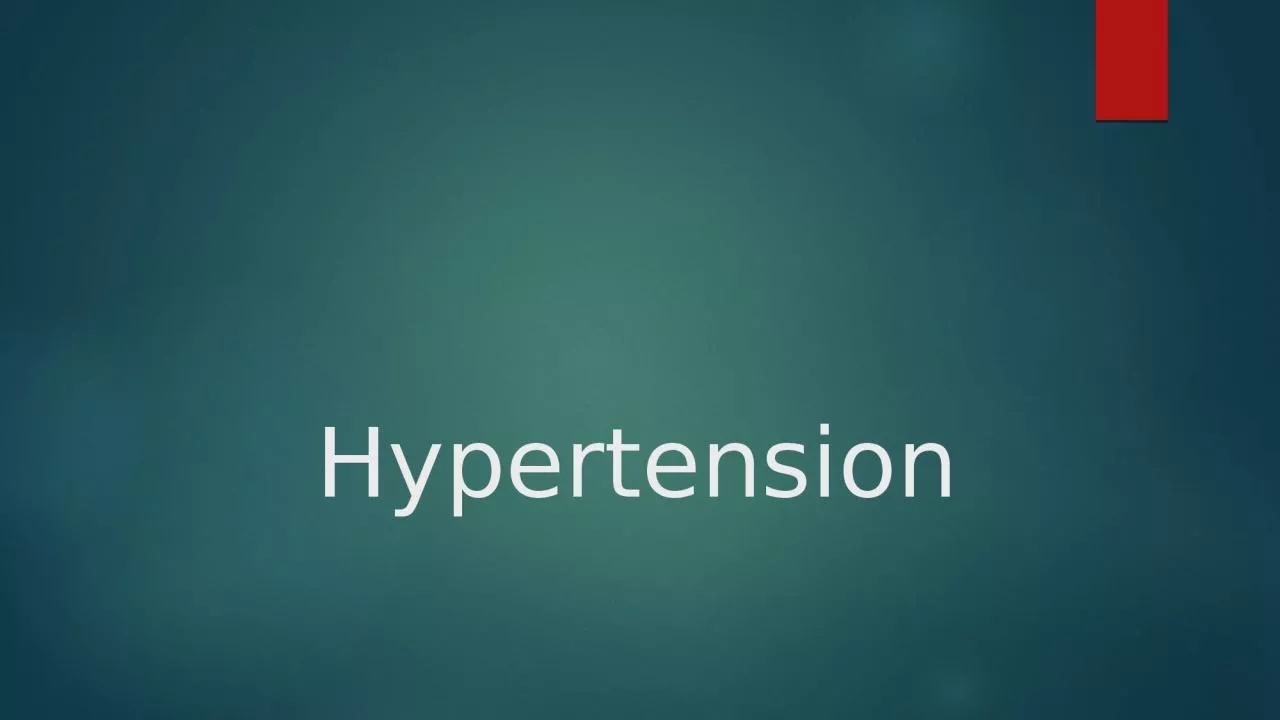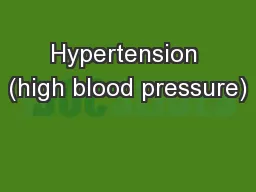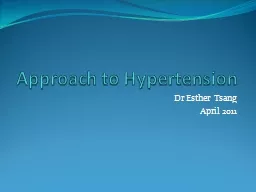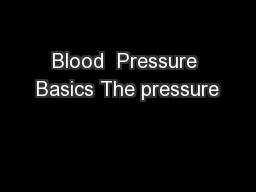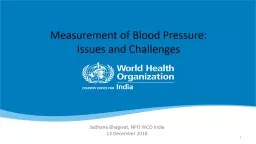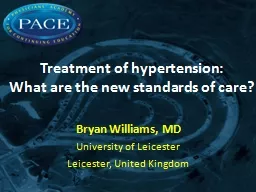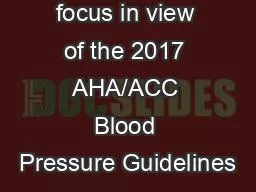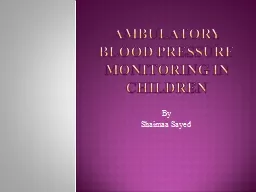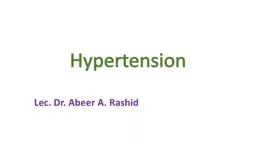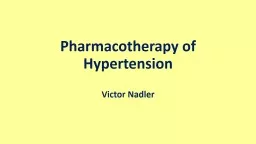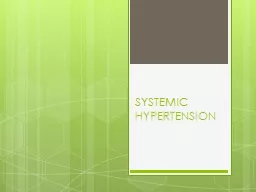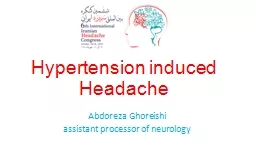PPT-Hypertension Definition Blood Pressure:
Author : roy | Published Date : 2024-01-03
each time your heart contracts it causes a wave or pulsation in the blood system of the body This can be seen very clearly when an artery is cut and the blood spurts
Presentation Embed Code
Download Presentation
Download Presentation The PPT/PDF document "Hypertension Definition Blood Pressure:" is the property of its rightful owner. Permission is granted to download and print the materials on this website for personal, non-commercial use only, and to display it on your personal computer provided you do not modify the materials and that you retain all copyright notices contained in the materials. By downloading content from our website, you accept the terms of this agreement.
Hypertension Definition Blood Pressure:: Transcript
Download Rules Of Document
"Hypertension Definition Blood Pressure:"The content belongs to its owner. You may download and print it for personal use, without modification, and keep all copyright notices. By downloading, you agree to these terms.
Related Documents

